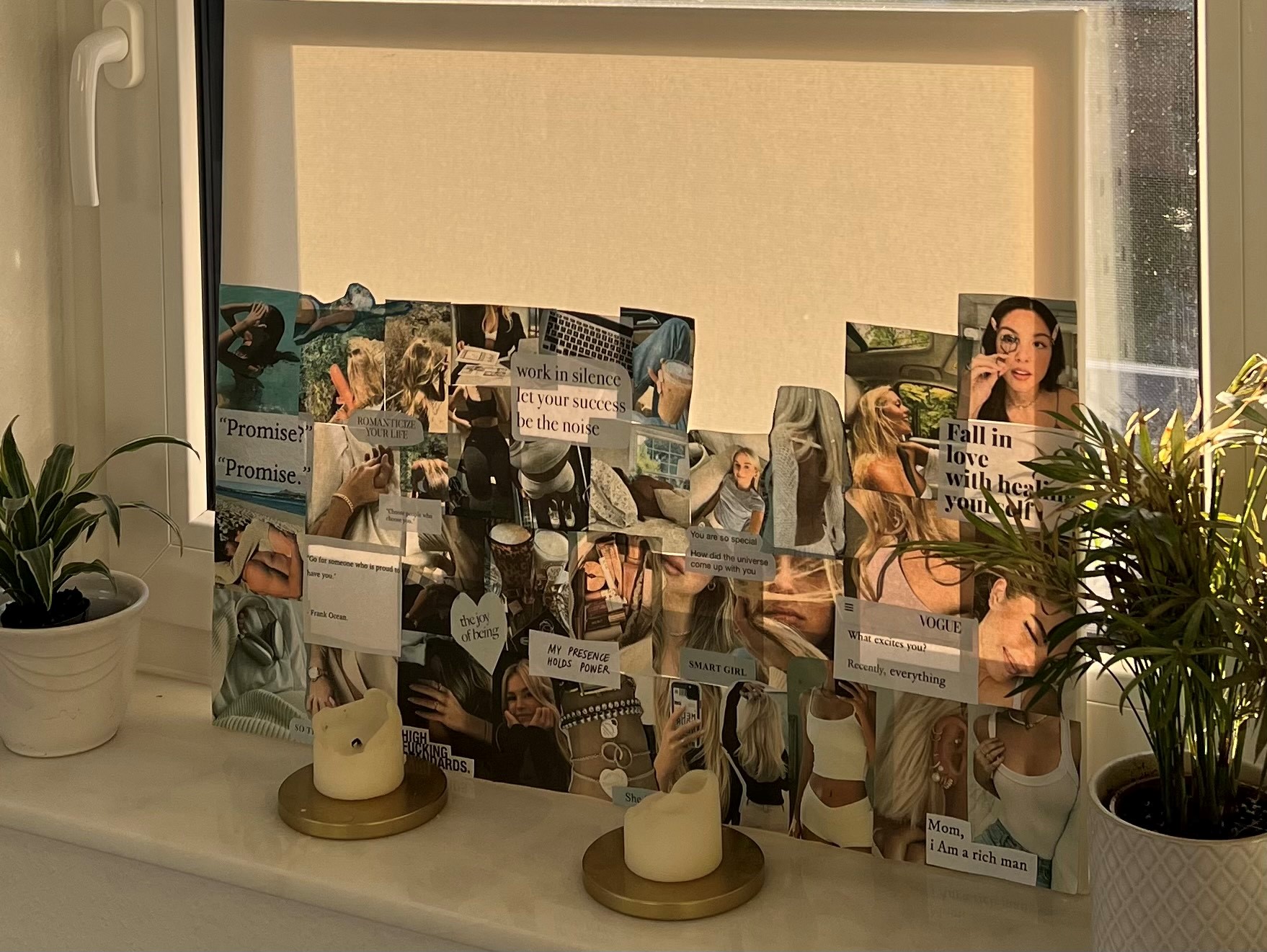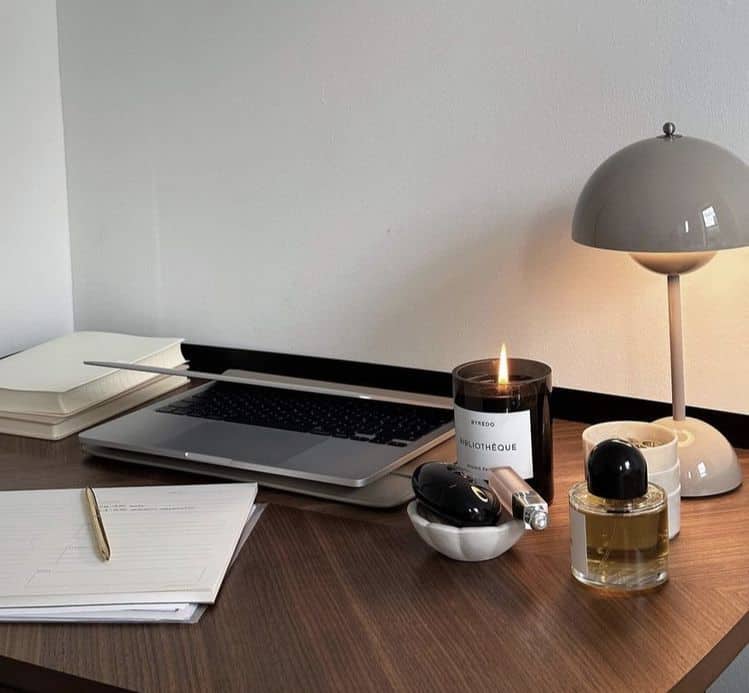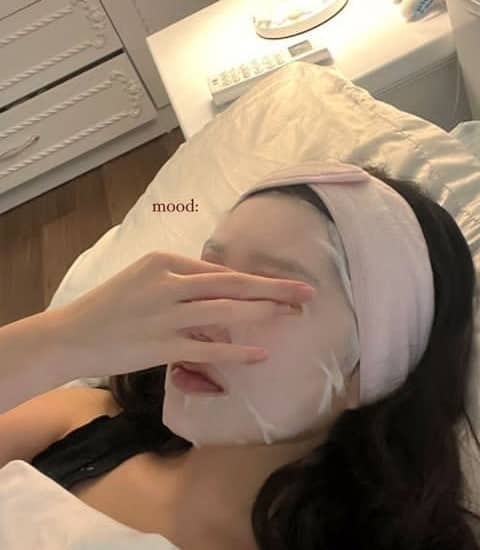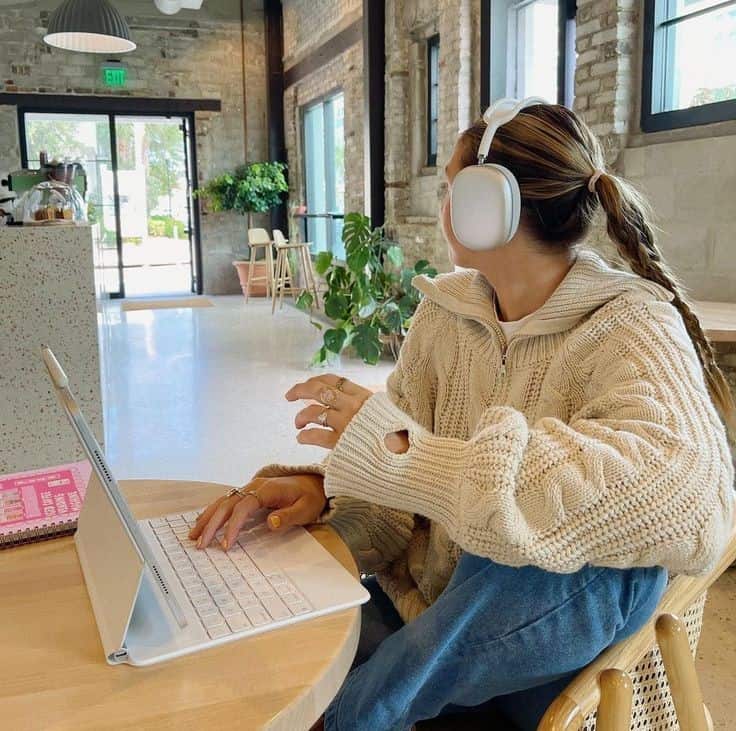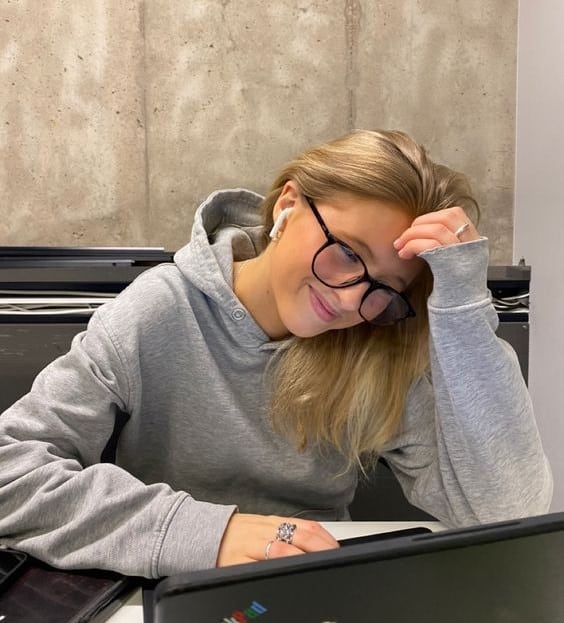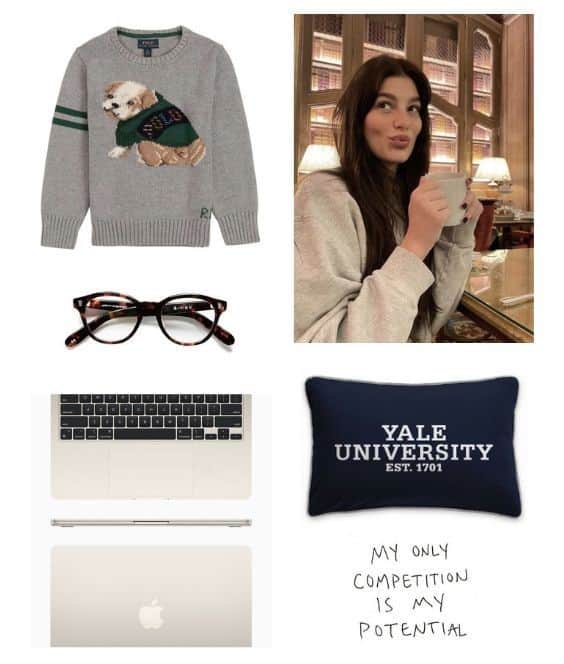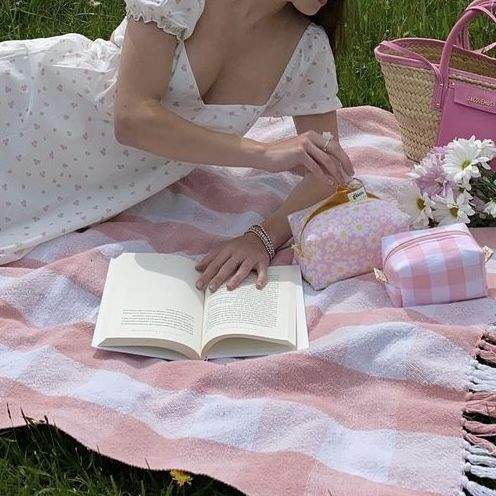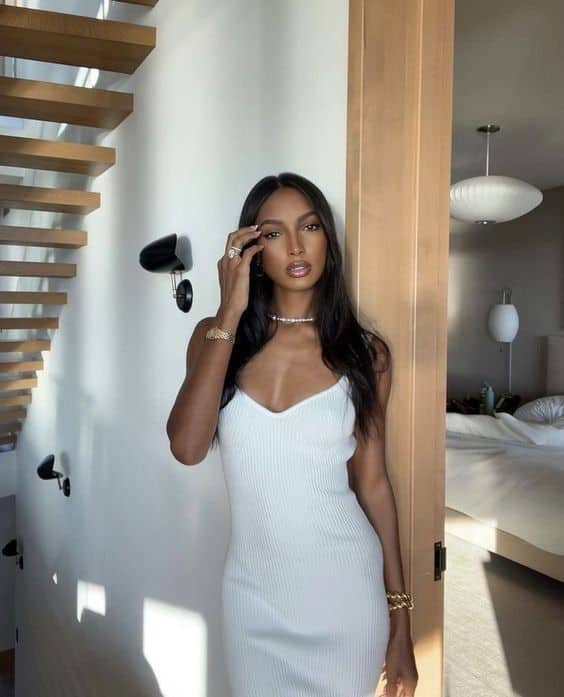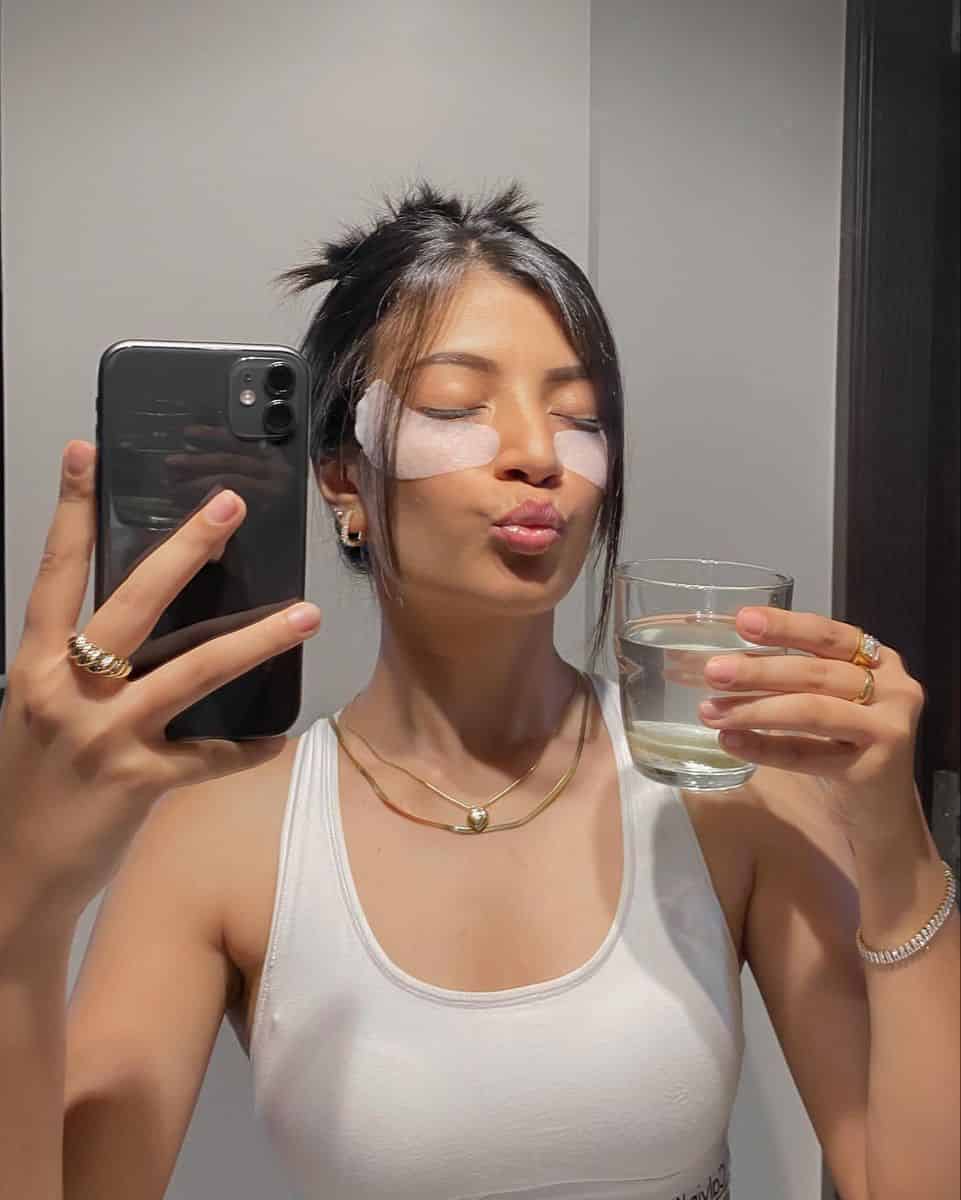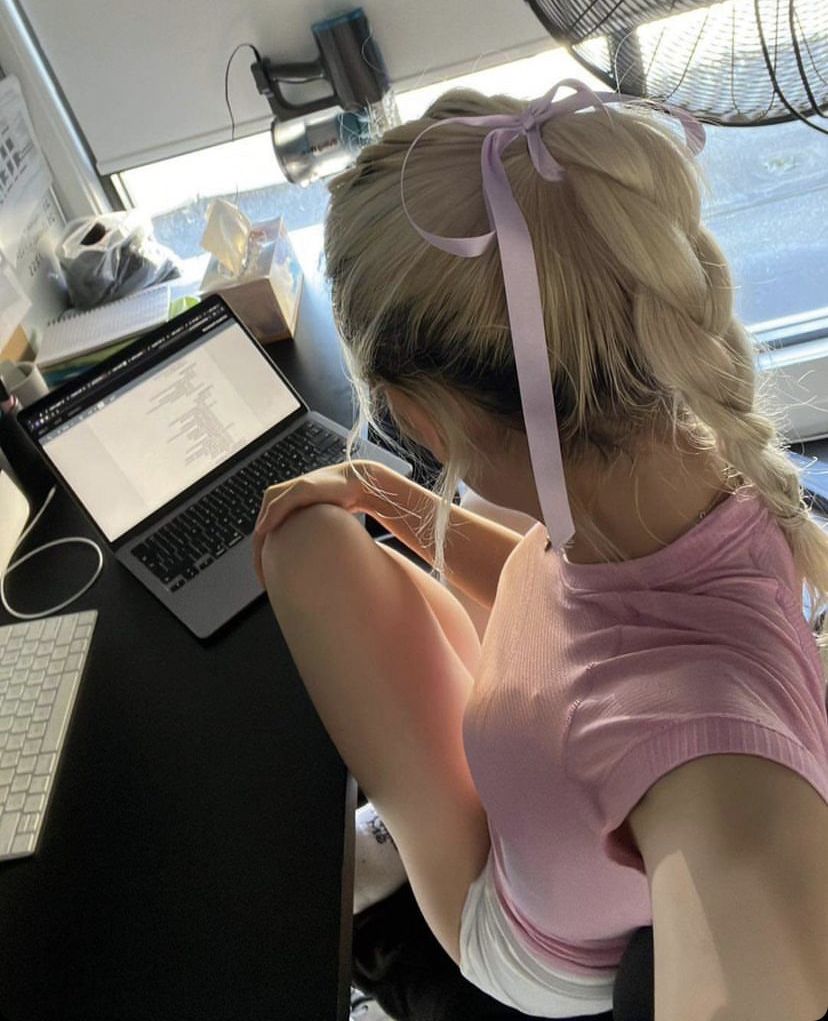At this time of the year – the end of 2022 and the beginning of a new year – you heard the term visionboard on platforms like Instagram and TikTok at least a few times and perhaps have seen people do their visionboard for 2023. I made a visionboard last year and this year as well. Last year’s visionboard focused more on specific goals but I’ve taken a different perspective this year.
What is a Visionboard?
In short, it is a visual representation of all the goals you set to achieve. It contains images and quotes that are connected to everything you aim for in the next period of your life, for most that would be usually a year starting on January first. A Visionboard is a powerful tool to manifest the life you want for yourself.
What makes a Visionboard so powerful?
The power of visualizing is that it shows you the possibilities that you aim for more clearly putting you visually into the situation you envision for yourself and through repetition, it increases the focus and importance in your mind. It’s a constant visual reminder of how you want your life to look like and toward what you take action every day. If the visual image is paired with positive emotion for example excitement it has a bigger impact.
What I did differently this year:
This year I discovered the power of mindset and lifestyle which is made out of our routines, habits, and thinking patterns. By changing your mindset and lifestyle you change the way you view opportunities, your work ethic, your mental and physical health, and how you overcome roadblocks. These things are key factors in how you achieve goals. It’s not primarily about the goals themselves it’s about who you are and how you think about the world.
In my goal setting for next year, I have written down a plan on how to achieve the things I aim for. Planning is key to successfully completing your goals because dreams without any plans are just that: dreams. But dreams with a plan and action become realistic goals.
However, my Visionboard focuses on the other aspect of the equation: who am I and who I want to be.
Since my perspective can shift I complete the other half halfway through the year.
The step-by-step process of how I assembled my Visionboard this year:
Now let’s talk about actual steps and actions.
1. Set goals
First I wrote down my goals and planned the steps to get me there. For my Visionboard, I wrote down the keywords for each area and imagine who I want to be within these areas.
Examples:
College, Finances, Social media, Relationships, Vacation, Appearance, Health, Apartment
Questions you could ask yourself are:
What kind of student am I? How does my student life look like and how do I look in it?
What kind of relationship do I want? Who do I want to be in relationships? What is important to me?
How do I want to be making money? What kind of lifestyle comes with this career or do I want a different lifestyle in this career?
How do I want to be perceived? How do I want to dress? What do I want to look like? What kind of energy do I want to give off?
How do I want my environment to look? What do I want my life to be like every single day? What vibe does my lifestyle give off?
2. Browse Pinterest for each of these Keywords
I mostly use my Pinterest home feed because it’s already tailored to my aesthetic since I use Pinterest quite a lot. If that’s not the case for you search for certain keywords and aesthetics in the search tab.
Create a Pinterest board and pin images and quotes that make you feel something, ones that resonate with you.
Now that might take a while and I assembled my board over the span of a week pinning a few images every day so that I don’t rely on the moods I’m in or am influenced by images I just saw on social media.
I often use images of girls that look like me to be able to visualize better. I’m hoping my brain recognizes me as the girl in the picture.
3. Download the pictures
This is pretty self-explanatory. You download images on Pinterest by clicking on the picture and then on the three dots in the top right corner and then simply clicking ‘Download image’.
4. Print out the pictures and/or add them to an editing app
You can choose to do a non-digital or digital visionboard or even both.
A non-digital visionboard can be created by printing out pictures and gluing them to a canvas or a big sheet of paper or cardboard.
One option for a digital visionboard is assembling the pictures on a website or editing apps such as Canva or The Landing.
Another option is to create a video by adding the pictures to a video editing app like CapCut and adding music in the background so it’s like a mini film to visualize. I didn’t use this option but I wanted to mention it in case someone wants to do it.
5. Assemble
Assemble the pictures together into a collage and cut out the pictures as you want. You can cut off unnecessary parts of pictures and remove the background to spice it up.
Group together pictures for one specific area, that way you have corners for every keyword and it’s organized for your mind to instantly identify which keyword certain images resonate to.
Another tip for aesthetics is to color sort within the collage so that the colors smoothly blend together.
6. Set your Visionboard somewhere visible
After you have assembled your visionboard you have to look at it regularly. Set your visionboard up in your room where you see it every day or set your digital visionboard as your phone and laptop home- and lock screen.
I hope this gave you some clarity on visionboards and inspired you to create your own. Do it in a way that feels right to you. Your goals and visions are personal to you.
And know that you can achieve anything you set your mind to. Remember you have more power than you think.
